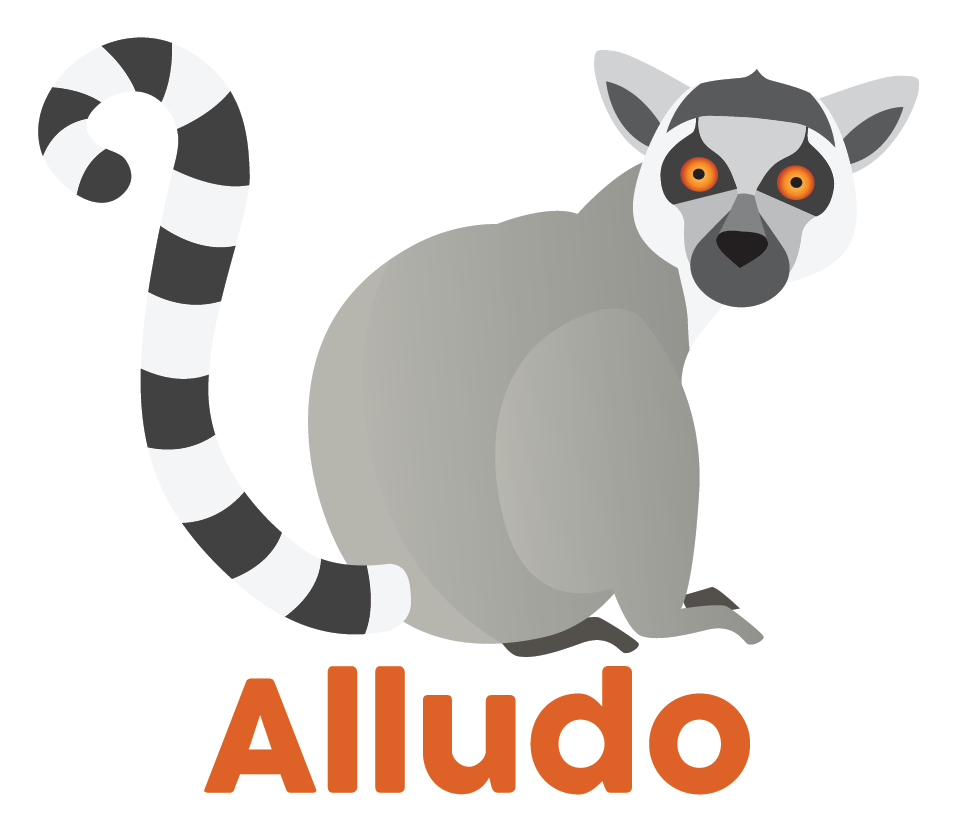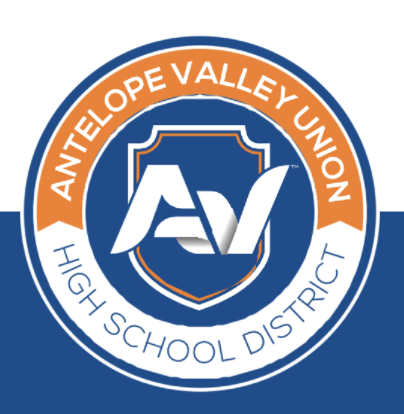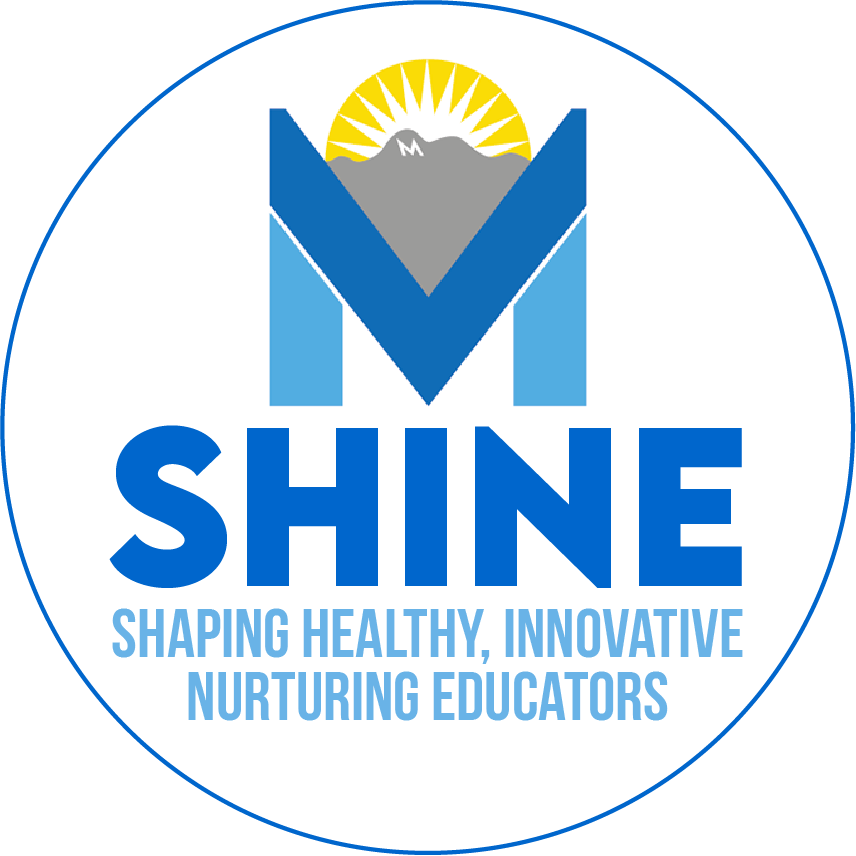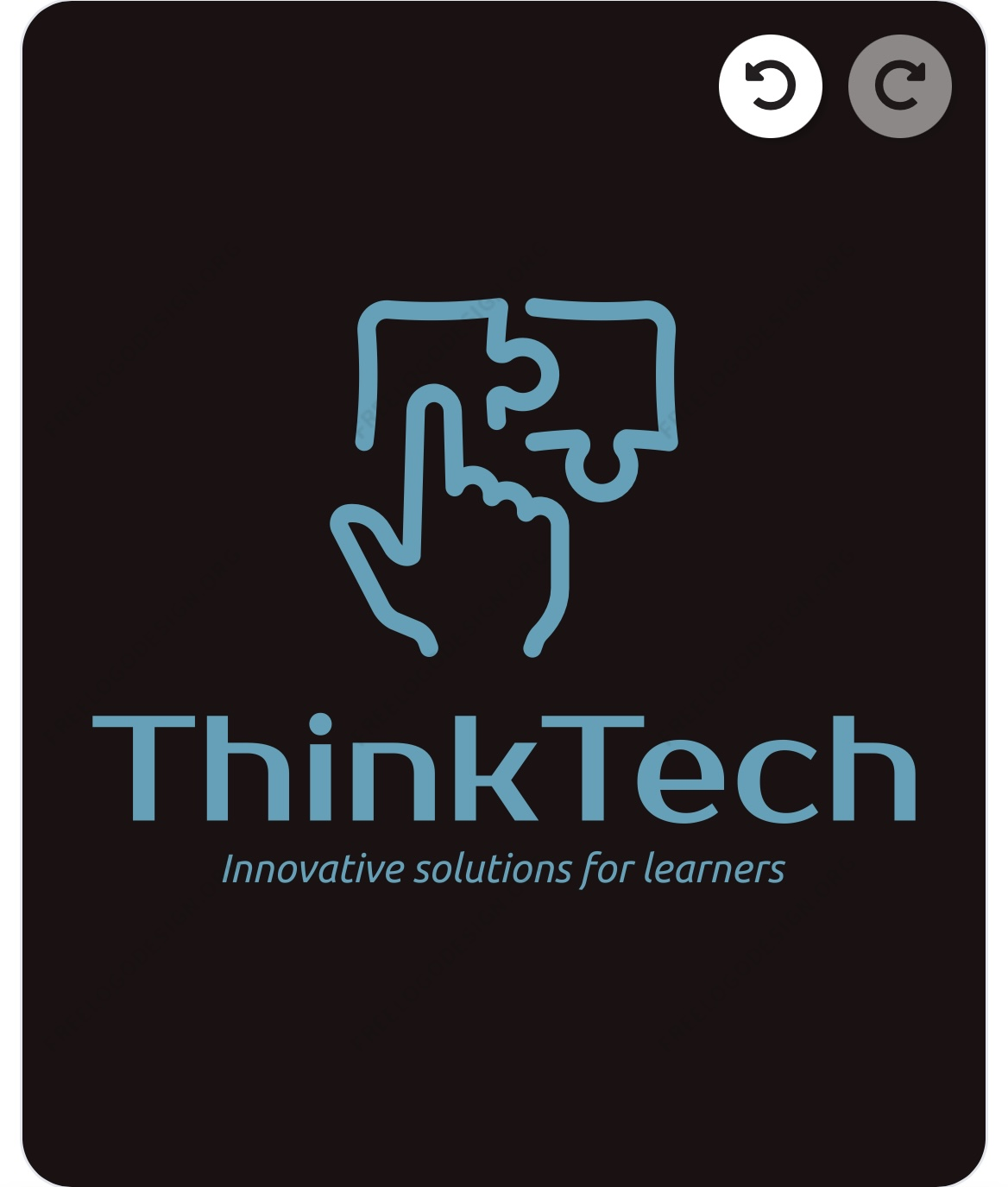PLC: The 4 Essential Questions
Learning Activity
In this activity, you will:
- Examine the benefits of having professional learning communities
- Be able to articulate why professional learning communities are different than other types of professional learning
Resources
Review the material below, watch the video and reflect on the PLC Four Essential Questions.
Introduction
Professional learning communities (PLCs) are structures that, when done well, can encompass all of the important aspects of effective professional development. PLCs focus on eliminating barriers to student success through collaboration that brings lasting change to classrooms. However, for PLCs to be effective they need to contain reflective and critical dialogue focused on student work, teacher practice, and curriculum that leads to extensive and continuing conversations among teachers about the curriculum. Critical conversations can create dislocating experiences for teachers since it often shows them how their assumptions about student learning are oftentimes limited, resulting in frustration and exhaustion from failing to see student growth.
Though critical conversations in PLCs are extremely important, they are also very rare. Critiquing one's assumptions and the assumptions of one's coworkers is awkward and feels impolite. In many PLCs, awkwardness and fear lead many participants to avoid confrontation and as a result, professional learning. This is why many teacher-learning communities become nothing more than resource sharing and common planning time. It is possible to create critical conversations in PLCs. However, it involves putting in structures that help teachers work through problems of practice effective
Following are Traits and Protocols for PLCs
- Focus on Learning: Break down what students will learn, and how we as educators believe they learn.
- Building a Culture of Collaboration: Educators must be willing to work together, challenge each other’s thinking, and build routines to ensure dialogue stays focused on what can be done to increase student learning.
- Focus on Learning Outcomes and Processes: Discussions should be connected to student learning processes. What will be collected to examine student thinking?
- Reflection: Educators must be willing to learn and unlearn
Jenni Donohoo, in the book Collective Efficacy, How Educators’ Beliefs Impact Student Learning defines the following terms, which are fundamental to increasing the culture of learning. Teacher Self-efficacy: Teacher’s belief that he or she can perform the necessary actions to influence student learning. Collective Efficacy: Teachers in a school characterized by an attitude that together they can make a difference for students by...
- putting forth great effort and persistence, especially aimed toward students.
- experiencing difficulty and learning from it.
- trying new teaching approaches based on effective pedagogy.
- conveying high expectations to students.
- fostering learner autonomy.
Below are guiding questions for PLCs:
- What do we want each student to learn?
- How will we know when each student has learned it?
- How will we respond when a student experiences difficulty in learning?
- What are the questions we want to ask students about their learning?
- Do you have more than a superficial understanding of the reasons behind students’ areas of low performance?
- Is there a logic base for the data you have examined, does it connect to the specific problem identified?
- Is your understanding of the problem supported by multiple sources of data?
- Did you learn anything from examining the data?
- Do you all define the problem the same way? If you solve this problem, will it help you meet your larger goals for students?
- Do you really know what problem you are trying to solve?
More Professional Learning Communities and Networks (PLC / PLN) Activities
Quickly deploy Professional Learning Communities and Networks (PLC / PLN) lessons to your entire district.
Top districts trust Alludo to train teachers and staff





